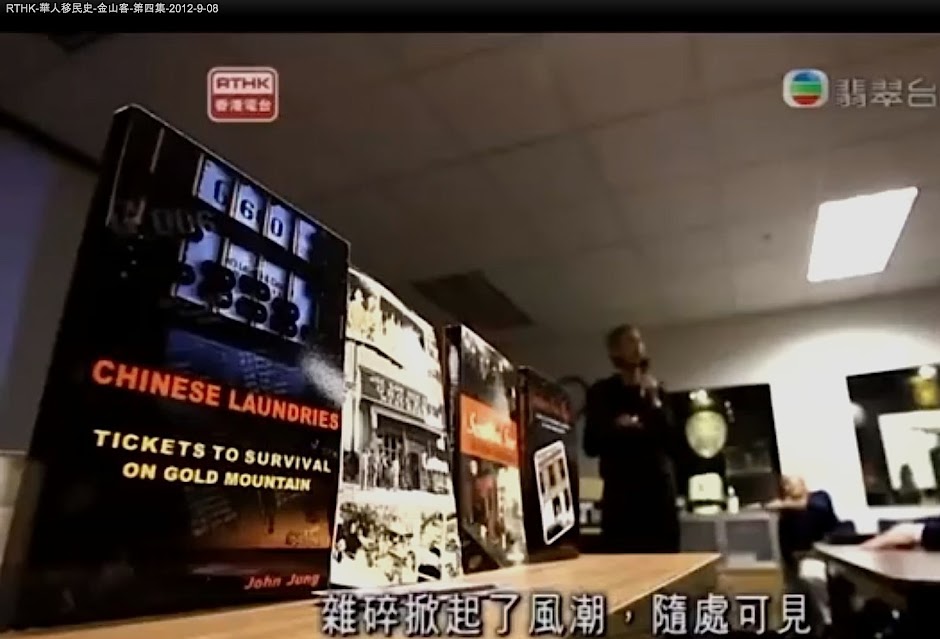George Bailey1 claimed to have been orphaned and found off the coast of China and raised by the royal family. Bailey’s obituary by his friend, William Payne, in the Evening Times-Republican in 1902 in Marshalltown, Iowa, explaining that Bailey’s family moved to China for business when George was a child. The young couple died of cholera, and Bailey was taken in by a wealthy Chinese family and nicknamed “Tank Kee,” a seemingly Chinese name related to the characters for blue-green and remembrance or record.

By the early 1870s, George Bailey had started a traveling lecture career in the United States using the name, Tank Kee, as if he were part of the Chinese diaspora. For over twenty years, he would travel across western, midwestern, and southern states speaking to audiences about China. Bailey’s performances as Tank Kee was different from that of other white performers at the time who claimed to showcase Asian culture. Unlike these other popular performers, Bailey did not perform in yellowface or pander to white audiences by trafficking in cheap stereotypes. Instead, he used his lectures to push back against rising anti-Chinese racism across the United States, believing that anti-immigrant sentiments stemmed from ignorance. His lectures aimed to educate his audiences on Chinese history and culture in order to change their minds about Chinese immigration, a political message Bailey made explicit both in his public lectures and frequent newspaper articles defending Chinese people against attacks on their morality and character.

Tank Kee lectured about China in a tour throughout the United States that featured many “curiosities”—including dresses, statues, coins, and books. He brought these goods to the South and Midwest, including Atlanta, St. Louis, Chicago, Milwaukee, and St. Paul. As a part of his lectures, Bailey wore these elaborate Chinese costumes to “illustrate” different roles; sometimes he would use objects, including fans, embroidery, statues, and ivory carvings, as a visual reference. Later, he would design more formal exhibits as curator of the American Archaeological and Asiatic Society, which he created in Wichita, Kansas.
Under the byline Tank Kee, Bailey wrote many opinion pieces strongly criticizing America’s growing anti-Chinese sentiment, which put him in direct opposition with Dennis Kearney, the champion of "The Chinese Must Go" campaigns. During his tour of the Southeast, he wrote what came to be known as the “Mississippi Letters,” which shared his critical thoughts on race and culture in the Jim Crow South that made him many enemies in the South.
Eventually, as visitors to see his collections declined by1890, Bailey sought a permanent home for his extensive Chinese collections. In 1891 he offered to donate everything to the University of Texas if the following terms were met: the university would build a suitable building to preserve the books; the professors would be its trustees; Bailey’s mark would be stamped on all the books; the objects would be repaired; the library would be preserved intact; and, lastly, the building would be named the Tank Kee Library.
The Dallas Morning News estimated that the 33,000 volumes were valued at around $120,000 to $150,000, a massive sum for the time, and the university wanted the collection. A month later, none of the books had been delivered, however. A reporter asked Bailey why he was delaying, and Bailey said that the University of Texas would not build a fireproof building and wanted only to add his books to the general library, a proposition he would not accept. But there was never any agreement about the building, and the deal collapsed.
Bailey contacted the renowned Newberry Library in Chicago. which was actively seeking to expand its holdings. Instead of trying to donate the entire collection and negotiating payments for transportation and other costs, Bailey offered to sell many of the English books on China, the Chinese encyclopedia, seventeenth-century Jesuit texts, Chinese paintings, and military maps. He told the Newberry that he had acquired most of his books during his thirty years living in China. The Chicago Sunday Tribune reported that the most treasured “curiosity” was the 239-volume “imperial encyclopedia, used only by the mandarins, and held by them under the government, to which in the end it must be returned, and but one other copy exists outside the empire.” While his entire collection was valued at more than $100,000, he sold these volumes for $12,000 to the Newberry, more than recovering the costs incurred from his Masonic misadventure. He continued to travel throughout the Midwest and Southeast and lecture about China until his death in 1902.
1 Not to be confused with the George Bailey character made famous by James Stewart in the movie, "It's A Wonderful Life."
Sources:
https://www.laphamsquarterly.org/roundtable/tank-kees-library
https://contingentmagazine.org/2019/10/28/tank-kee/







